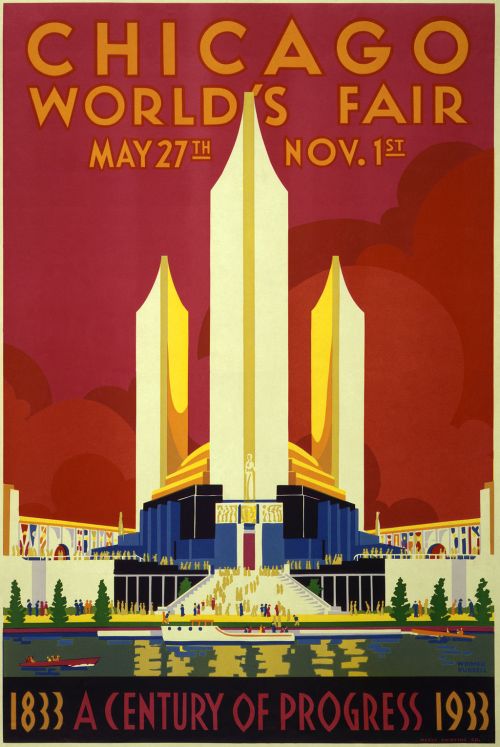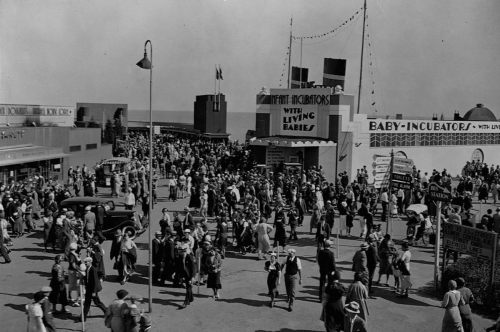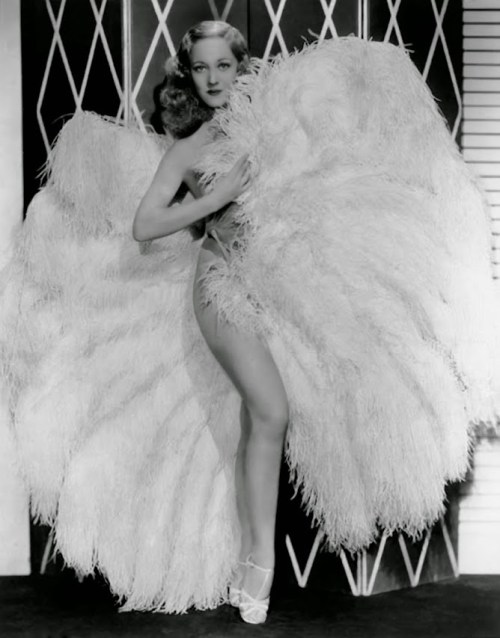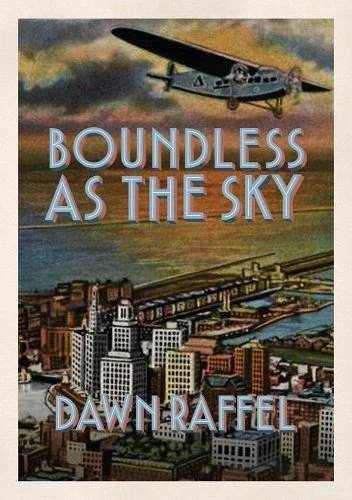[ad_1]
“Checking out Historical Chicago” is a new feature series devoted to the work of historical worldbuilding. The world each featured writer builds is Chicago. And yet, each writer brings Chicago to life differently, with different hammers and bricks, brushes and hands. This series approaches Chicago as a city constantly under construction: a story that is, and always has been, many.
After Dawn Raffel’s father, Mark, died, she found a school assignment among his papers. She had been sorting through his effects all day; these few pages, though, caught her breath. At 16, her father had written his life story. She knew that he had spent his early childhood on the South Side of Chicago and moved to Milwaukee during the Depression. Extended family still lived in Chicago, and Raffel grew up marveling at the Hotel Windermere in Hyde Park, where her parents were married.
But here, in her hands, was the writing of a teenager who hadn’t yet met his bride in Chicago or raised a family in Wisconsin. This teenager, wild about aviation, taught himself Morse code as a boy so that he could operate a ham radio and, one day, fly. When he imagined his future, he pictured fields and oceans underneath and clouds everywhere, lifting him up. And why wouldn’t he? Thanks to pilots like the one-eyed, solo-flying Wiley Post, around the world in 80 days had become around the world in 8 days. Scientific advancements had fundamentally transformed how and where humanity saw itself. In the 1930s, decades before he would take her to air shows or teach her Morse code on an old ham radio, Raffel’s father saw himself in flight.
Raffel read on. Tucked within her father’s teenage memoir was a reference to two Chicago-bound train rides. The first was such an ordinary trip that it was almost a rite of passage for 12-year-old boys in the early 1930s. Mark Raffel and his younger brother, Fred, traveled to Chicago to take the test for their ham radio license: a requirement for any aspiring aviator. The second trip, though, was much more surprising. In the summer of 1933, Mark and Fred Raffel boarded a train to visit the Chicago World’s Fair.

Even before Erik Larson released The Devil in the White City, Raffel had heard of the 1893 Columbian Exposition in Chicago, which is still the United States’ most significant world’s fair. How had she not heard of this other, 1933-34 Chicago World’s Fair, though? And why did Chicago host a world’s fair when there was so little to celebrate? World’s fairs were, after all, an international stage for celebrating national achievements. Each participating country—but especially the host country—introduced visitors to their latest innovations in industrial science, technology, design, and culture.
World’s fairs were glossy see-and-be-seen affairs: artistic behemoths and famous inventors shuffled alongside political leaders to ogle at, say, Alexander Graham Bell’s telephone and the first mass-produced typewriter. Such an expensive, large-scale event was at odds with the struggles characterizing many Chicagoans’ lives in 1933. By the time “A Century of Progress” opened on May 27, the Great Depression had reached its nadir, the Dust Bowl had strangled the southern plains, and Adolf Hitler had come to power an ocean—and yet, only a wind gust—away. So, why then? Why Chicago?
This mysterious, bafflingly optimistic 1933-34 Chicago World’s Fair intrigued Raffel, like a family secret shared by millions. She needed to learn more. 75 years after her father boarded a train for Chicago to visit the World’s Fair, Raffel boarded a plane for Chicago. In archives, libraries, and living rooms, she began reconstructing that summer.

When I spoke with Raffel about her latest book, Boundless as the Sky: Fables and Tales, Some of Them True, she shared that, even on her first research trip to Chicago, she knew that she’d write about the World’s Fair in 1933. How she’d write about it was the question. Her family connection had inspired her to take up the subject, but she didn’t want to directly model any characters on her family members. She needed a more elastic narrative framework, one that accommodated how much of this history was unknown—and yet, could begin to be known through her own personal connections. “The more I started doing research,” she said, “the more I saw how many gaps there are in our understanding of history and how many different points of view and unrecorded voices [there are].”
Raffel ended up building her approach by surrounding herself with artifacts. At the Chicago History Museum, she read everything they had from the fair and that summer: documents, maps, souvenirs, press releases, newspapers, weather reports. She was especially interested in travel journals with their range of voices and experiences. When visiting her aunt in Chicago, she found that her father, Uncle Fred, and grandmother had collected a box of souvenirs from the fair. Raffel also read novels from the 1930s, like Dawn Powell’s Midwestern novels and German writer Heinrich Böll’s memoir, to get a sense of what the world felt like that summer. Once she identified a few central historical figures, she read through their archives at the University of Chicago Library, the Daley Library at the University of Illinois in Chicago, and the New York Public Library. She even interviewed people who attended the World’s Fair, becoming particularly drawn to those featured in the baby incubator exhibit on the Midway, which was—spatially and officially—closer to the sideshows than the scientific exhibits. Once Raffel learned more about these baby incubators, she realized they were a “metaphor for everything that was going on” at the time. Here, balanced between life and death, progress and destruction, pulsed a fierce collective hope in the future. The project began to crystallize.
Or really: projects. Boundless as the Sky is one of two books resulting from four years of intensive research in Chicago and New York City. The first, The Strange Case of Dr. Couney: How a Mysterious European Showman Saved Thousands of American Babies, was published in 2018. A work of narrative nonfiction detailing how infant incubator exhibitions transformed American neonatal care, The Strange Case of Dr. Couney earned Raffel a 2019 Christopher Award and a best book of the year nod from NPR. In her NPR review, fiction writer Genevieve Valentine called the book “a mosaic mystery told in vignettes, cliffhangers, curious asides, and some surreal plot twists as Raffel investigates the secrets of the man who changed infant care in America… a fascinating historical footnote, compassionately told.”

Dr. Martin A. Couney’s infant incubator exhibit at the 1933 Chicago World’s Fair. United States Library of Congress.
Both The Strange Case of Dr. Couney and Boundless as the Sky masterfully enlarge historical footnotes into perspective-altering histories. In the kaleidoscopic fiction Boundless as the Sky, though, Raffel finds a space for the fictional characters she’d been playing with—not to mention the gaps she’d discovered in Chicago’s history—while researching. Writing one nonfiction book and one book of “fables and tales, some of them true” turned out to be the elastic narrative framework Raffel was looking for.

With Boundless as the Sky, Raffel stretches narrative form even more through two parts which complicate yet balance each other. These two parts are, in turn, made up of smaller parts. A response to Italo Calvino’s Invisible Cities, “Part One: The City Toward Which My Journey Ends” is composed mostly of narrative snapshots of cities real and invented. Sections like “The City of Infinite Names” explicitly nod to Calvino’s work, underlining cities as man-made constructs within which invisible stories unfold. The result is delightfully surreal:
Everyone is lost here, even the mice. The old folks wander alone or in groups, searching for home, but the streets have new names, have turned in different directions. The city itself changes name every hour. At noon it is named for a saint. At one, a politician. At two it has a name in a language that cannot be spoken. Each day is different. Each minute is the same. Every iron statue, every monument identical.
“Cities are not static,” Raffel told me. Boundless as the Sky captures this dynamism, as Raffel asks readers to continually shift between perspectives, places, forms, and moods. Part One alone contains dictionary definitions, fabular microfiction, pages-long glimpses into the world’s fair (the heart of Part Two), and pictures Raffel took on her travels. These quietly stirring photos—of a boardwalk, a bench-sleeper, laundry hanging outside an apartment block, a death mask—evoke a sense of urban fluidity that accumulates into a sense of urban connection. Any one of the photos’ subjects could be our city, our neighbor.
In this way, Raffel uses the ceaseless movement of urban space to think about the ceaseless movement of time. Time is also a construct, a fact she realized when reading the Chicago Tribune. “All times are Chicago times,” noted one world’s fair article after another. But also: “All times are sometimes Chicago daylight savings time,” noted another batch of world’s fair articles. If time is a construct, wondered Raffel, then what time is it? She decided to play with time’s role in storytelling, deliberately pairing a diffuse structure in Part One with a hyperlinear, down-to-the-second structure in Part Two. As Part One opens onto Part Two, a modest photo of scribbles on an apartment door serves as a hinge, unifying Raffel’s approach to space and time in Boundless in the Sky:
Everything happens all over, all the time at once.
“Part Two: Boundless as the Sky” maintains this sense of unfathomable cause-and-effect, even while squarely situating readers at the Chicago World’s Fair on July 15, 1933. The polyvocal narrative unfolds over the course of one day, as the city awaits the arrival of Italian General Italo Balbo’s air armada in a death-defying, spectacular feat of aviation. World’s fair characters introduced in Part One—the infamous dancer Sally Rand, the incubator exhibit’s babies and nurses—return, viewed through other eyes.

Depending on how one counts, Part Two is voiced by 18 named narrators and several unnamed narrators: a whirlwind rooted in Raffel’s archival reading and family history. The joy of reading Boundless as the Sky derives, in large part, from Raffel’s ability to nestle the first-person quirks of historical figures, like Rufus C. Dawes (“President, The Century of Progress, Civic Leader, Visionary”), next to freshly imagined figures, like the pickpocket who steals Rufus C. Dawes’ gold timepiece (“[Name Redacted], Private, Specialist”).
But in the context of Raffel’s creation process, the most striking character is a boy who reads the Chicago Tribune before his father can, grimacing at “awful news from Germany” while searching for the latest news in aviation history. Jay Gold (“Future Pilot, Newly-Licensed Ham Radio Operator and General Mastermind”) is “a salute to” her father, Mark, her Uncle Fred, and their cousin William “Billy” Raffel. All three served in the U.S. Army Air Corps less than a decade after visiting the Chicago World’s Fair (but Raffel doesn’t believe the boys witnessed the arrival of General Balbo’s air armada). Her father became an engineer stationed in Guam. Her Uncle Fred became a fighter pilot, surviving when his plane was shot down over Belgium. Her Uncle Billy became a fighter pilot, too. When his plane was shot down over Nuremberg, he tried to save a trapped crewmate rather than parachute out. His plane exploded.
Through the fictional character Jay, Raffel undergirds this triumphant moment of international cooperation with a larger, yet deeply personal historical perspective. The Chicago World’s Fair celebrated the progress of the past and the progress to come, but readers today are likely to look at the date and count down the years until World War II breaks out. Raffel wanted to hold all of these tensions and temporalities together at once: “I was haunted by the idea of all the young boys who witnessed the spectacular arrival of Balbo, with no way of knowing that they would be fighting in World War II.”
For Raffel, Chicago in 1933 was incubating “the past and the seeds of what the future will hold.” Like dozens of pebbles skipping across the same pond, her characters in Boundless as the Sky’s Part Two create ripples, altering others’ trajectories. From our perspective, those trajectories trickle down the decades. The characters meet. They narrowly miss each other. They disappoint and confuse each other. They walk from one exhibit to the next, brushing shoulders and overhearing conversations. They look up when General Balbo’s 24 planes roar across the Chicago sky. Soon, they will leave for home, wherever that may be. They will live another day. And still, like the fire-eater considering her own death-defying act, they share the intimacy of urban strangers, brought together in Chicago on July 15, 1933:
The euphoria she feels in the moment of extinguishment: the world and its cities and its bodies disappear. She is released from the limits of time.

FICTION
Boundless as the Sky: Fables & Tales, Some of Them True
By Dawn Raffel
Sagging Meniscus Press
Published January 17, 2023

[ad_2]
Source link

